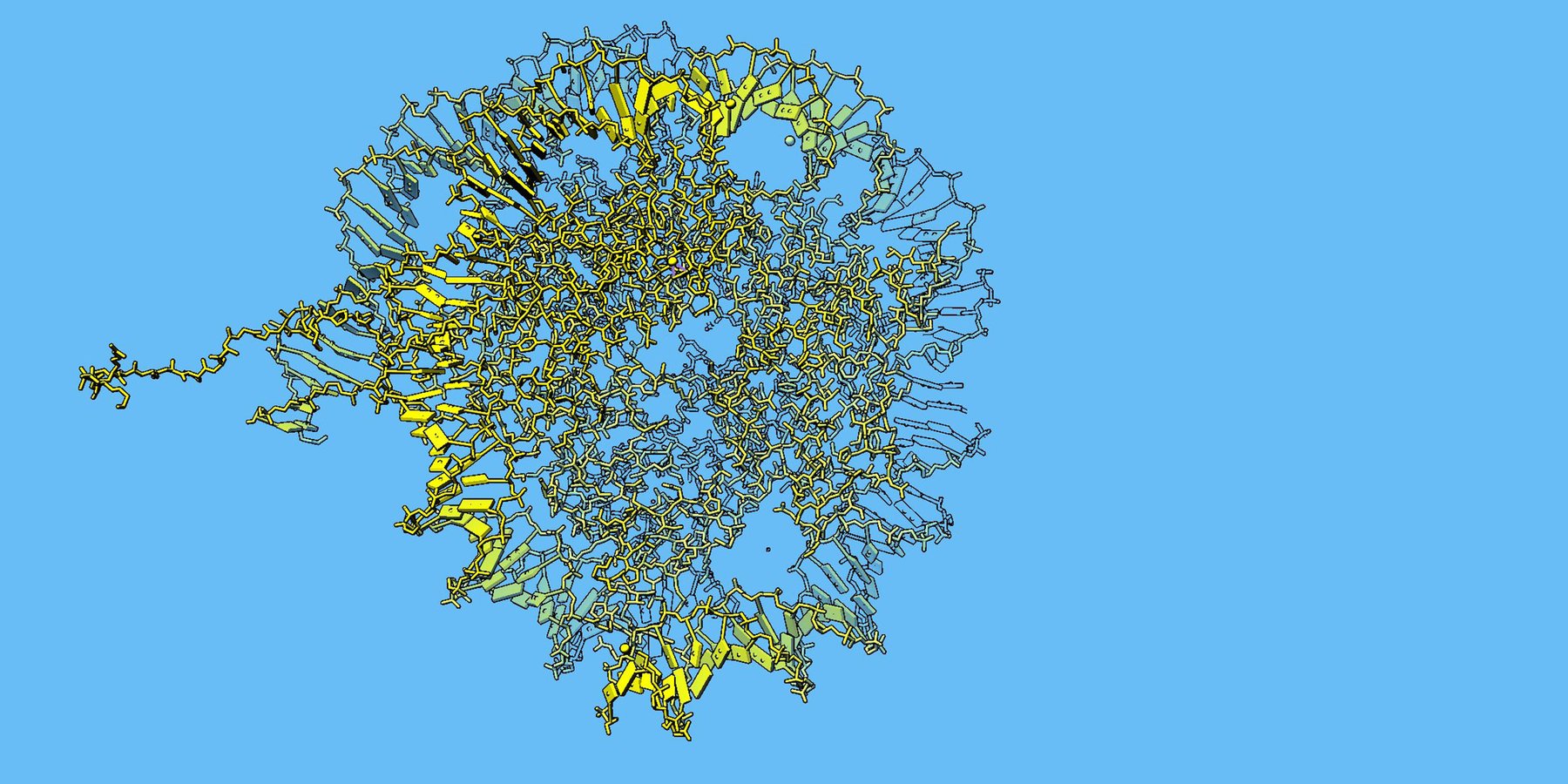
This page informs you about the fundamental processes we are interested in. You can learn more about some of the specific projects here and about the approach and methods we use here.
The read-out and duplication of genetic information involves more than just the DNA itself. Instead, a complex, regulated assembly of proteins and nucleic acids with the DNA called chromatin governs genetic processes. Histone proteins form nucleosomes when forming complexes with DNA. Nucleosomes are the basic packaging unit of DNA in the cell, but are also signaling hubs for epigenetic regulation. Chemical modifications of specific histone amino acids, such as methylation or acetylation, control gene expression and other genetic processes. Consequently, the activity of the enzymes that introduce and remove these modifications are key epigenetic factors.
We are interested in the molecular mechanisms that shape the chemical modification landscape of chromatin. For example, the transcriptional start site, the gene body and distant regulatory elements such as enhancers, are each specified by means of modifications. In addition, these modifications dynamically change, depending on the transcriptional status (“on” or “off”) of the gene/region and depending on other events (e.g. DNA damage). Essentially all that happens to the DNA is directly linked to these modifications, through factors that recognize specific chromatin marks. Thereby, chromatin modifications help to organize gene activity in space and time.
Complex assemblies of enzymes and regulatory factors orchestrate gene expression in higher eukaryotes by catalyzing the modification of DNA and histones. During normal development, differentiation and metabolism, these complexes are specifically targeted within the genome and locally activated or inhibited. The biochemical crosstalk of factors within chromatin modifying complexes and with features of the local chromatin environment defines their function. We aim to better understand these functional relationships to grasp how biological complexity arises from limited sets of factors. Dysfunctional chromatin modifiers are hallmarks of many types of diseases, in particular cancer. Our efforts eventually aim to open up new opportunities of therapeutic intervention.